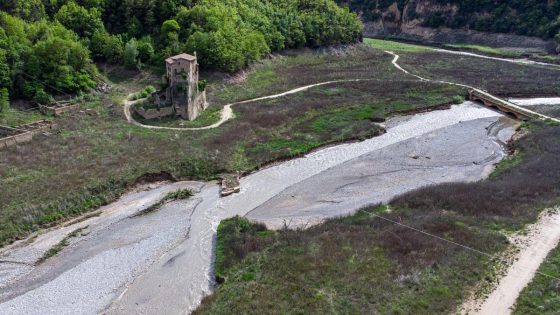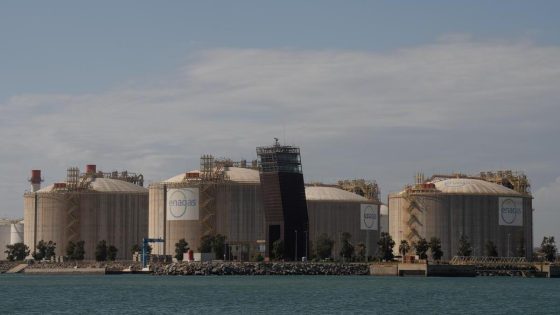The Baells reservoir is experiencing its lowest water levels since 1987. As of March 8, 2024, the reservoir’s capacity dropped to just 19.2%. This alarming situation raises questions about water management and future droughts in Spain. How will this impact local communities and agriculture?
- Baells reservoir reached 19.2% capacity.
- Historical low recorded on April 3, 1987.
- Recovery began in spring with significant rainfall.
- March 2024 saw over 319 mm precipitation.
- High snowfall recorded in late March.
- Cadí region also experienced heavy rainfall.
Baells Reservoir Hits Record Low Water Levels: What’s Next?
The Baells reservoir’s current water level is alarming. With only 19.2% capacity, it ranks as the third lowest since 1987. What does this mean for the future? The recent rains have helped, but can we rely on nature to replenish our water supplies?
Heavy Rainfall Offers Hope for Baells Reservoir Recovery
Despite the alarming low levels, recent rainfall has sparked hope for recovery. In March 2024, areas like Port del Comte recorded over 319 mm of rain, significantly impacting the reservoir’s status. This raises the question: can we sustain this positive trend?
Understanding the Impact of Rainfall on Reservoir Levels
Rainfall is vital for replenishing the Baells reservoir. Key points include:
- Port del Comte received 319.2 mm of rain this March.
- Gisclareny recorded 254 mm, aiding local water supplies.
- Heavy snow also contributed to water accumulation.
- Recent rains are crucial for improving drought conditions.
Historical Context: Droughts and Reservoir Levels in Spain
The history of the Baells reservoir reveals a pattern of drought and recovery. The lowest recorded level was 15.2% in April 1987. Understanding these historical Trends helps US prepare for future challenges. How can we learn from the past to ensure better water management?
In conclusion, the Baells reservoir’s current situation highlights the importance of water conservation and management in Spain. As rainfall offers some relief, ongoing monitoring and proactive measures are essential to safeguard our water resources.































